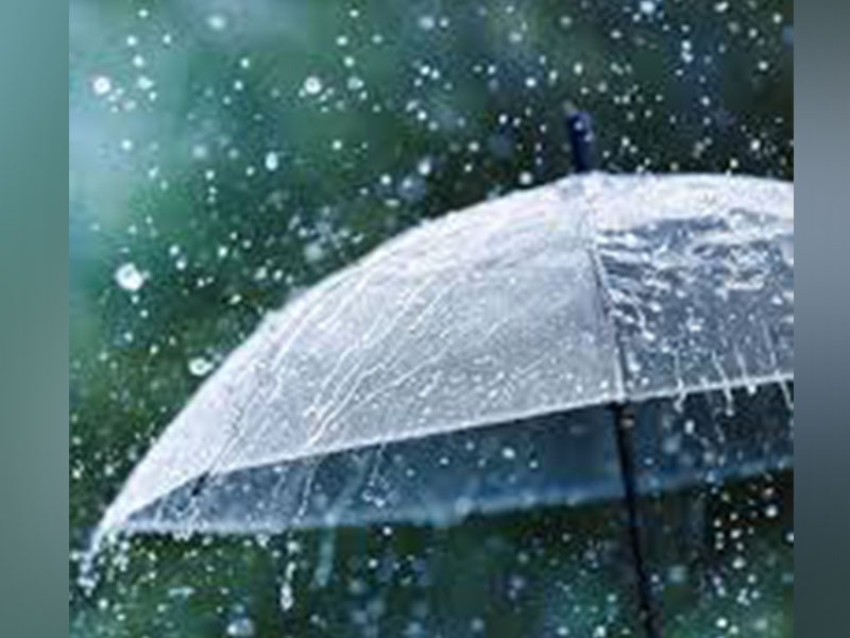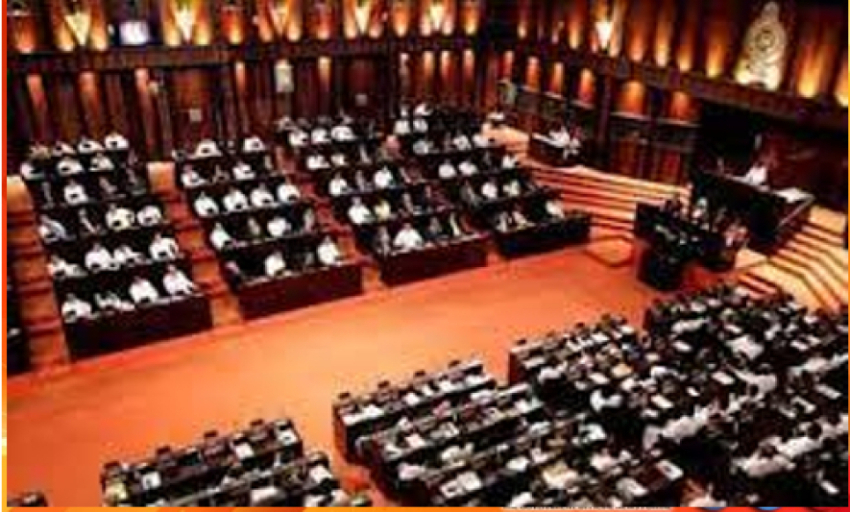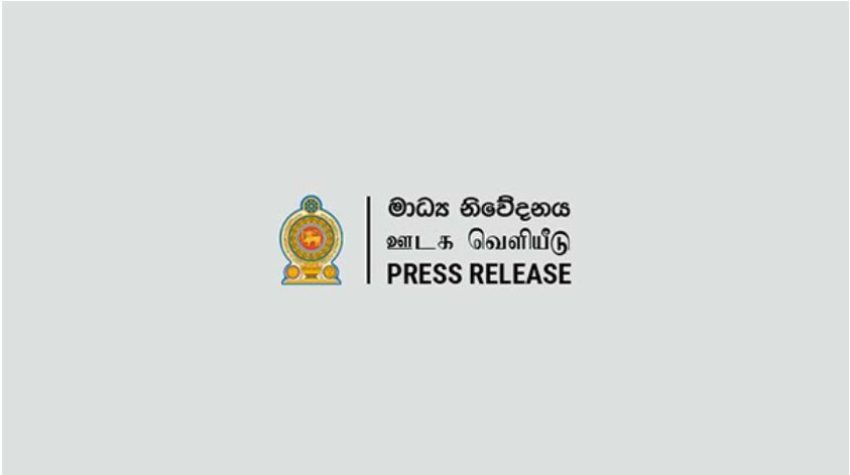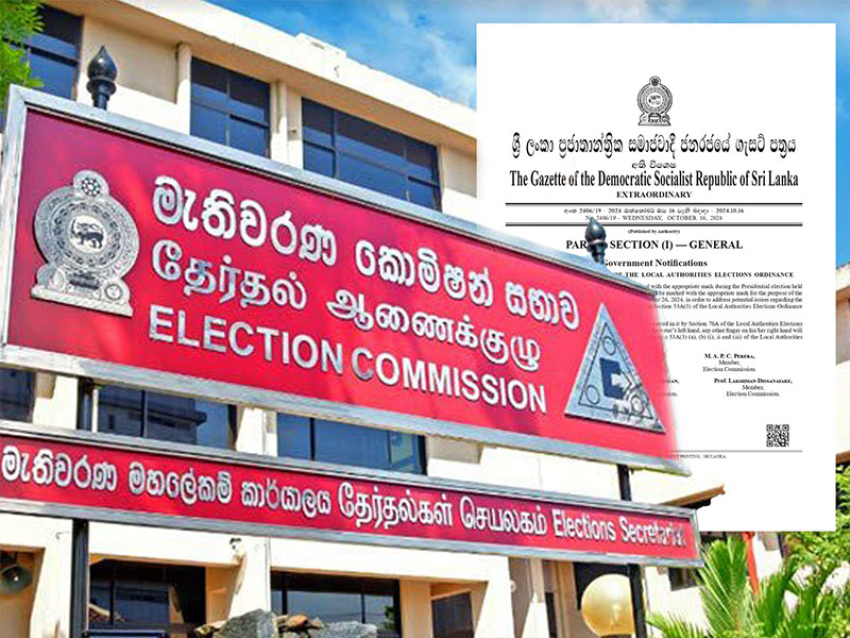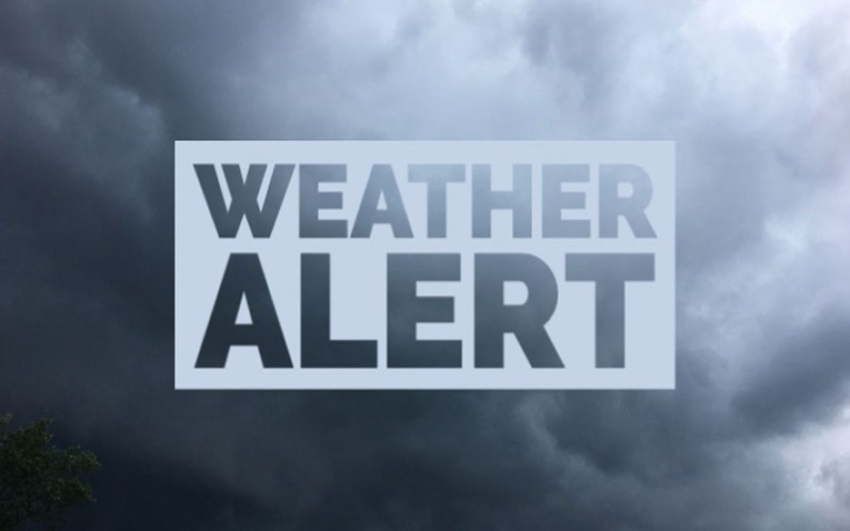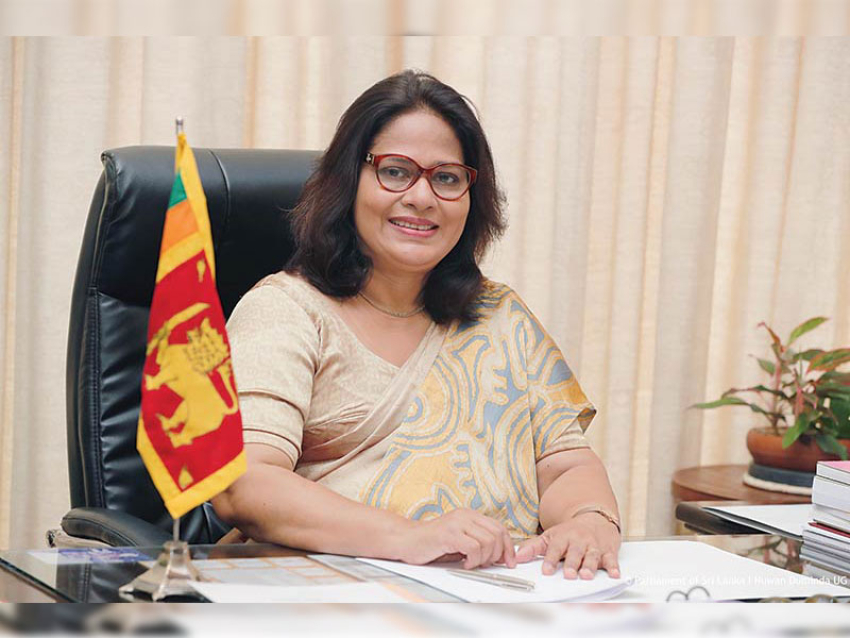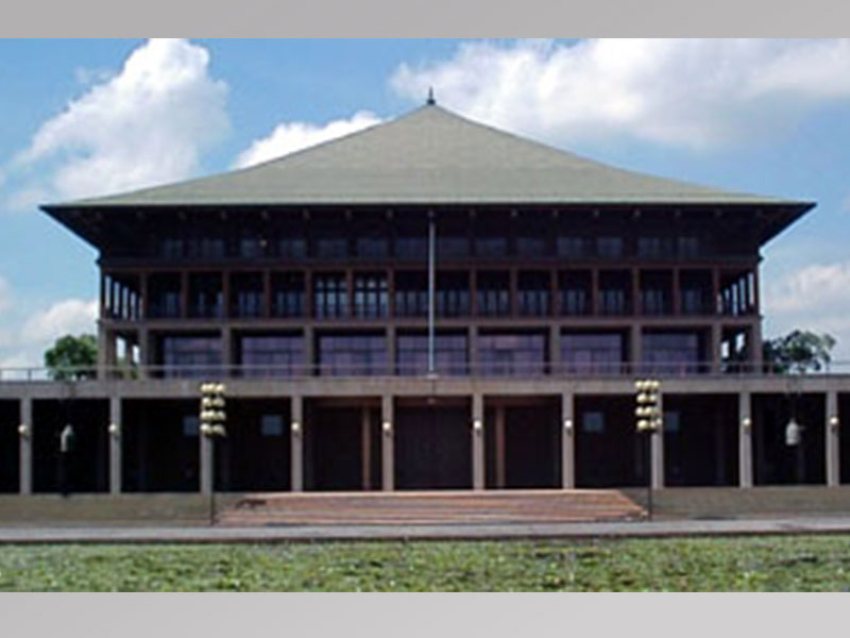The eco-friendly process of management of municipal solid waste (MSW) is achieved by composting the degradable waste, recycling polythene, plastic, metals and glasses, and disposal of the residual waste in the engineered sanitary landfills.
1. Most of the provincial and local government authorities in Sri Lanka are engaged in open-uncontrolled dumping of the garbage (solid waste), thereby polluting the environment by the generation of leachate and various hazardous gases. Engineered sanitary landfills are considered as a sustainable solution for the safe disposal of solid waste in many developed countries and developing countries.
2. A suitable site should be identified as the first step in the process of preparing a sanitary landfill. Thereafter, a feasibility study will be carried out to ascertain the adaptability of the site and the other factors. As per the existing environmental regulations and acts in Sri Lanka, the Environmental Impact Assessment or Initial Environmental Examination will be conducted for obtaining approvals from the CEA. Construction work will commence once the approval is obtained from the CEA. The design of the sanitary landfill and the necessary plants has to comply with the conditions laid down by the CEA and the conditions stipulated in other designated regulatory bodies.
3. Strict quality control measures are taken during the design and the construction stage to ensure work is carried out adhering to the conditions given in the approval by the CEA.
4. The sanitary landfill will be prepared in the form of a basin, the site which is selected for this particular project is already in the form of a basin which reduces the cost of construction. The sides and the bottom of the landfill are provided multiple impermeable protective layers to prevent the leakage of leachate and other particles contaminating the soil below.
5. Pipeline system No 1 is placed below the protective layers for collecting the groundwater infiltration and to divert towards the groundwater collection tank.
6. Pipeline system No 2 is placed above the HDPE liner to collect the leachate generated from the landfill and directed towards the leachate treatment plant for treatment. It is subjected to prior approval given by the CEA.
7. Leachate will be treated with the most trusted and scientific method by undergoing several processes in accordance with the approval given by the CEA.
8. The treated water will be used only within the site for the use of tyre washing, cleaning of the waste containers, and irrigation purposes.
9. The landfill gases formed within the landfill will be collected by installing gas collection pipes at several locations and the gases will be burnt following the guidelines given in the CEA approval.
10. Daily cover, intermediate cover and final cover (when the cell or portion of the landfill is permanently closed by a soil layer) above the dumped waste is an essential requirement for prevention and protection from emission of odours, breeding of birds, flies and other species. Also, wind barriers are provided to protect the waste components from flowing away. Another essential feature is maintaining a self-protecting zone around the landfill by providing a thick forest cover.
11. Groundwater monitoring wells are constructed at selected locations around the landfill to monitor the groundwater quality. Water samples from these wells are collected periodically and sent for testing to find out whether any contamination has occurred due to the landfill.
12. Once the landfill reaches the maximum capacity, it will be provided with a final capping to protect it from rainwater penetration and further development. Thereafter, the entire area can be developed as recreational parks or for any other urban developments.
13. Buffer zones shall be designed next to the landfill boundary, preferably not less than 200m wide within which, dedicated road, drainage ditch, selective tree planting for screening and odour control could be provided.
14. Sri Lankan government is investing a large amount in this Solid Waste Management project to find a permanent and sustainable solution.
15. The environmental and social damages caused by the open dumping of the solid waste in Sri Lanka can be curbed by proposing such kind of scientific, environmentally friendly and world recognised disposal system.
Gas collection and control systems
Gas collection and control systems are a common and major component of most sanitary landfills. They are designed to help control odours, minimise non-methanogenic organic compound release to the atmosphere, and increase safety by controlling migration.
Landfill gas collection is typically accomplished through the installation of wells vertically and/or horizontally in the waste mass. Design heuristics for vertical wells call for one well per acre of landfill surface whereas horizontal wells are normally spaced about 50 to 200 feet apart from the centre.
Tyre washing bay
This automatic and unmanned tyre washer washes tyres and the underbody of vehicles that transport waste to the landfill so that the main road shall not be defaced. This system is made available at the entrance of the proposed site and it shall become compulsory for all vehicles to get their tyres washed at this facility. The used water remained in the bay shall be changed from time to time in order to provide clean water. The dirty water shall be sent to the leachate treatment plant for purification.
Weighbridge
A weighbridge is installed for determining waste intake volumes by weighing waste transport vehicles that pass through the landfill. Weighing will enable the analysis of target volume and actual volumes that can be used in efficient landfill operation and budget execution.
When a truck is placed on the carrier horizontally, the load is relayed to the indication division by a load cell and the value is electrically indicated on the digital counter. The measured weight is simultaneously printed and recorded by an electric printer.
Protective fence
A security fence or topographic barrier must be maintained around the perimeter of the site to prevent unauthorised entry.
Monitoring wells
Monitoring well consists of a small diameter borehole tube that is sealed in the earth with a permeable screen section at the bottom, drilled into groundwater table where water is expected to collect. The water will rise and fall in the tube following the groundwater level and allowing level monitoring of groundwater.
The groundwater level at that monitoring point will change due to seasonal variations, the effect of precipitation and the result of local water extraction. A level probe, usually, a submersible pressure transmitter will be used for level monitoring and the measured level may be logged over long periods of time to learn how the groundwater level responds to precipitation and extraction of water and also to monitor any contamination of groundwater due to leakage of the liner system in a landfill.
Buffer zone
According to technical guidelines for solid waste management introduced by the Central Environmental Authority (CEA), it is also important to provide an adequate area as a buffer zone surrounding the property boundary used for solid waste landfills to mitigate impacts on the nearby ecosystems. In addition, the provision of adequate buffer is important to mitigate negative impacts such as noise and odour on human habitats.
Landfill operation
Proper operation of a sanitary landfill plays an important role if the environmental and health safeguards are to be achieved ensuring the safety of the public. Typically, operators of well-run landfills for non-hazardous waste meet predefined specifications by applying techniques to confine waste to as small an area as possible;compact waste to reduce volume; andcover waste (usually daily) with layers of soil or other types of material such as woodchips and fine particles.
During landfill operations, a scale or weighbridge may weigh waste collection vehicles on arrival and knowledgeable personnel may inspect loads for waste that do not accord with the landfill’s waste acceptance criteria. Afterwards, the waste collection vehicles use the existing road network on their way to the tipping face or working front, where they unload their contents. After loads are deposited, compactors or bulldozers can spread and compact the waste on the working face. Before leaving the landfill boundaries, the waste collection vehicles may pass through a wheel-cleaning facility. If necessary, they return to the weighbridge for re-weighing without the load.
The weighing process can assemble statistics on the daily incoming waste tonnage. In addition to trucks, some landfills may have equipment to handle railroad containers. The use of ‘rail-haul’ permits landfills to be located at more remote sites without the problems associated with many truck trips.
Typically, in the working face, the compacted waste is covered with soil or alternative materials daily. Alternative waste-cover materials include chipped wood or other ‘green waste’, several sprayed-on foam products, chemically ‘fixed’ bio-solids, and temporary blankets. Blankets can be lifted into place at night and then removed the following day prior to waste placement. The space that is occupied daily by the compacted waste and the cover material is called a daily cell.Waste compaction is critical to extending the life of the landfill. Factors such as waste compressibility, waste-layer thickness and the number of passes in the compactor over the waste affect the waste densities.



